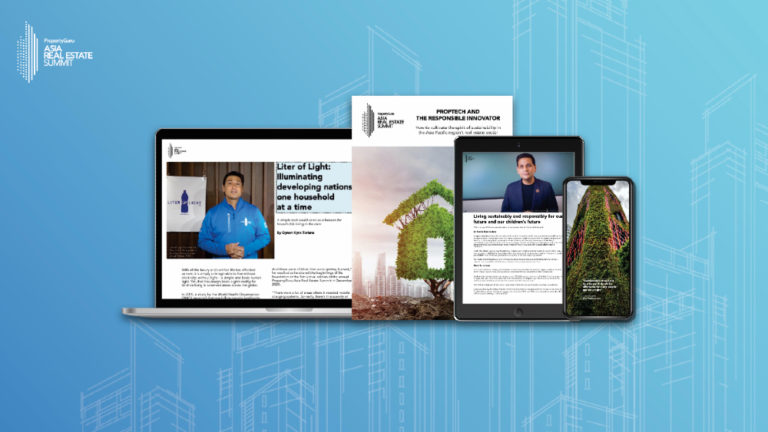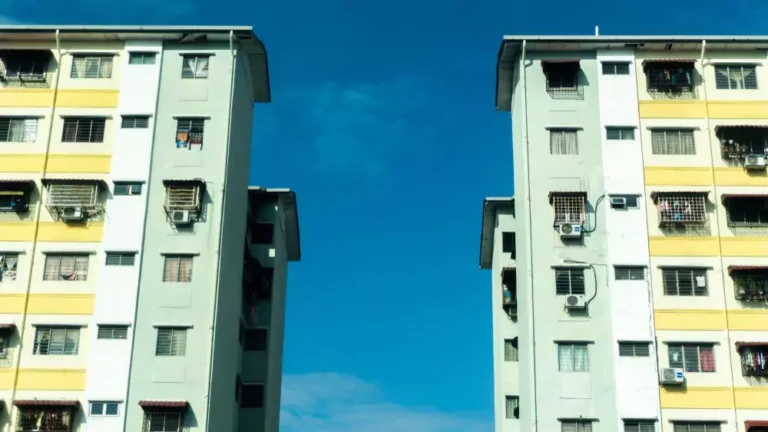Asia after COVID: A story of recovery and reinvention
This article is based on The Economist keynote at the PropertyGuru Asia Real Estate Summit originally presented on 8 December 2021.
Some countries were moving ahead pretty quickly, while others were lagging behind in their recovery
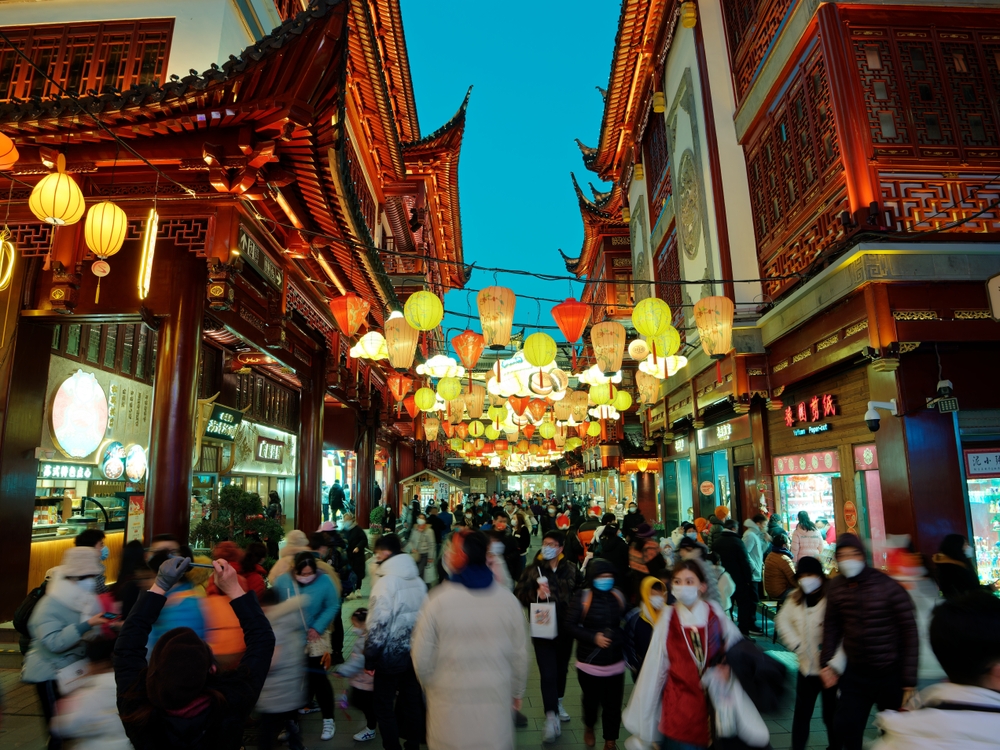
For many of us, 2020 was a year of responding to a crisis; 2021 provided valuable lessons for the future; and 2022 was when we transformed our organisations to meet the demands of the new business environment.
It’s worth noting that several factors shaped this new business environment and helped private sector leaders create plans and build budgets for the coming years. Let’s examine the different markets across the region to understand their current status and anticipated direction.
Positive global forecast hides market-level idiosyncrasies
Here are a few global macroeconomic, geopolitical, technological, and demographic trends affecting the region:
Positive global forecast hides market-level idiosyncrasies
Several markets, including China and Vietnam, saw GDP growth in 2020 and built up on that momentum in 2021. Their growth in 2020 wasn’t as dramatic as they typically experience, but any market that saw growth in 2020 was performing admirably.
Australia, India, South Korea, and Indonesia experienced a drop in GDP growth in 2020 but managed to recover from those losses in 2021. Despite facing some setbacks, these markets showed pretty decent growth last year and are building upon that momentum in 2022.
Hong Kong, Malaysia, and Singapore lost ground in 2020, didn’t quite recover in 2021 but bounced back in 2022. On the other hand, Japan, Thailand, and the Philippines are going to take just a bit longer.
Several key factors influence economic recovery, such as the dominant industries in a particular country and how they were affected by the pandemic.
South Korea, which was heavily reliant on consumer electronics exports, performed well in 2020 and 2021 due to increased global demand for gadgets like tablets during lockdowns. Additionally, those working from home drove the need for new laptops and monitors to facilitate their work.
By contrast, Thailand and the Philippines, where tourism is a dominant industry, were basically shut down in early 2020.
Incidentally, one of the factors that enables a country to reopen during the pandemic, especially those heavily reliant on tourism, is vaccination rate.

Vaccination forecasts remain fluid
Many countries initially set mass vaccination targets at 60 percent of the population. However, with the emergence of the Delta variant, many have realised that setting the target to 80 to 85 percent of the population was more ideal.
The pace of vaccination showed significant improvement from quarter to quarter. For instance, Malaysia commenced its vaccination process in late February 2021, later than some other countries. Initially, The Economist projected that Malaysia would achieve mass vaccination by late 2022, but revised it to early 2022. Nevertheless, Malaysia surpassed expectations and accomplished mass vaccination by late 2021, with approximately 80 percent of the population fully vaccinated.
As the pandemic-induced crisis continued, governments injected substantial funds into the economy to keep struggling businesses afloat. This raised concerns that the influx of money might lead to a surge in consumer demand once countries reopen, potentially causing inflation to rise.
At the same time, prices continued to rise, partly attributed to the cost of supplies and transportation, as well as the limited manufacturing activity in countries that maintained safe distancing requirements.
Recovering demand causes inflation to spike
In 2021, price increases due to recovering demand were projected to be temporary, but factors unrelated to the pandemic, most especially the Russia-Ukraine war, caused inflation to increase further in 2022.
Organisations rapidly adopt digital transformation
For years, many companies planned to adopt digital transformation but didn’t implement it. However, in 2020, they didn’t have much of a choice. As people transitioned to remote work, as business travel halted, and as consumers could no longer go to physical stores, a number of digital tools came into play.
On the consumers’ side, customers had to adapt to online shopping, AI-powered customer service, digital payments, and other convenient digital tools. When making purchases, customers now consider the ease of purchasing to be equally important as the product they’re buying.
China is expanding its international presence
China has been expanding its international presence over the last few years in absolute terms but also relative to the United States.
Notably, the US has experienced a decline in influence in Asia. For one, it is not a party to the major trade agreements in the region, such as the RCEP or the CPTPP. Moreover, there have been too many US embassies without an ambassador in the last few years. Evidently, the US has stepped back a bit from Asia, leaving a gap that China has filled.
Meanwhile, China is expanding the Belt and Road Initiatives (BRI) to include a health BRI and a digital BRI in addition to the physical infrastructures that they’ve been building. They’ve also been engaged in vaccine diplomacy, providing vaccines to countries in Southeast Asia.
Companies are implementing a China +1 strategy
China continues to exert its influence in the region, driven largely by its rocky relationship with the US. This, in turn, has benefited certain countries in Southeast Asia. Vietnam, in particular, has experienced a pretty dramatic growth in manufacturing partly because of the US-China conflict.
The growth of manufacturing in Vietnam actually began before the US-China trade disputes. It started when wages were rising in China but remained relatively low in Vietnam. Companies viewed this as an opportunity to relocate some manufacturing operations to Vietnam. As trade disputes intensified between the US and China, several companies further expanded or shifted to Vietnam while still maintaining operations in China.
This compelled many firms to have a China +1 strategy. Observing this situation, other countries within the region, such as Indonesia and Thailand, have questioned, “Why does Vietnam have to be the ‘plus one’? Why can’t it be us?”.
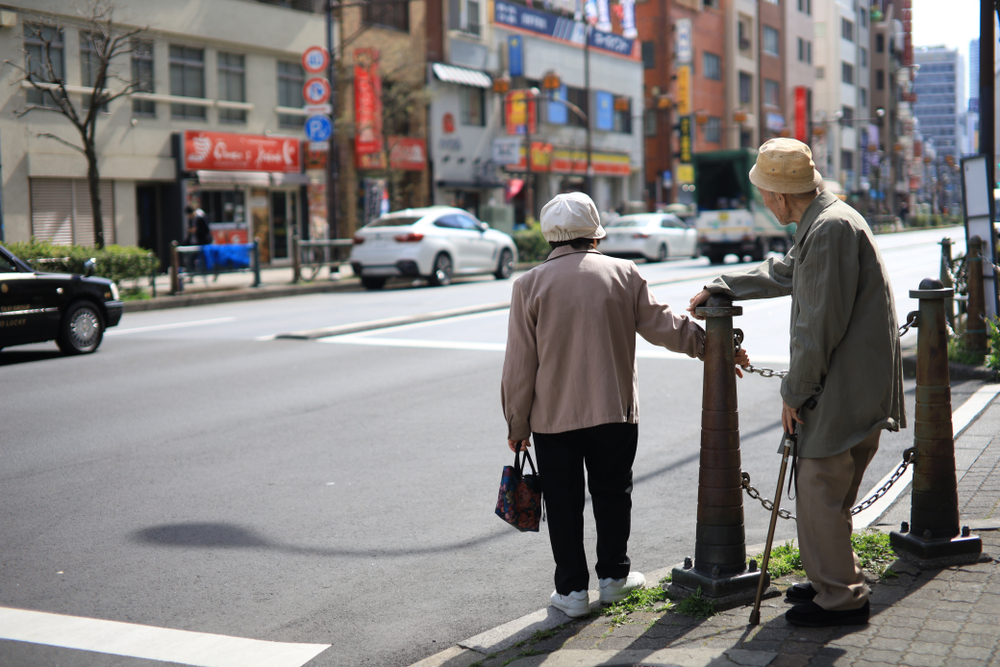
Thus, both Indonesia and Thailand are witnessing growth in manufacturing infrastructures and a focus on developing new forms of export manufacturing. Indonesia, in particular, is developing not only their export manufacturing facilities, such as airports and seaports, but they are also hoping to tap into domestic consumption. The country is also expanding its roads and rail systems to enhance its domestic supply chains.
Thailand has established its eastern economic corridor (EEC) comprising three provinces in the country’s eastern region, with a focus on 12 key industries. The country is also capitalising on its established expertise in certain areas. For instance, leveraging its automotive knowledge, Thailand aims to develop next-generation automobiles, including electric vehicles (EVs) or self-driving cars.
Self-sufficiency or de-globalisation?
While the pandemic has brought about numerous challenges, it has also shed light on specific vulnerabilities in APAC countries, including political and technological issues beyond their control. For instance, global trade was disrupted when a ship got stuck in the Suez Canal. Clearly, having a significant portion of the supply chain outside of one’s control is far from ideal.
Consequently, companies are now looking to expand their manufacturing operations in Southeast Asia to regionalise their supply chain. At the same, the RCEP coming into force in 2022 and beyond will facilitate the growth of a more regional supply chain in Asia.
However, this doesn’t mean that companies are pulling back entirely from the global supply chain. This is not the end of globalisation — it is merely being reframed into regionalisation.
Share of online retail sales will increase
One of the things affecting supply chains is the growth of online retail and the use of direct-to-consumer shipping. Instead of prioritising store restocking, manufacturers are now focused on delivering products directly to customers. This trend became prevalent in 2020 when physical store visits were limited, and it continued to flourish in 2021 and 2022 as online retail continued to grow.
It’s no longer just about offering customers a choice between in-store and online shopping. Sellers and merchants should recognise that customers now seek an omnichannel option, which entails providing them the flexibility to purchase from brick-and-mortar stores, websites, or shopping apps like Amazon and Lazada.
Redefining organisational roles in a post-COVID world
In a post-COVID world, several new critical skills are emerging, which many employees may not possess. But instead of replacing them with an entirely new set of employees, business leaders should support their upskilling and adjust their roles based on their newly acquired skills.
Some employers may expand their workforce by hiring individuals who might not typically be part of the country’s workforce. This could include persons with disabilities and mothers who wish to return to the workforce in more flexible capacities. Incorporating these individuals into the workforce can be part of employers’ long-term strategy in addressing talent shortage problems.
More: Time for adaptive change
Market analyses
Here’s a look at where certain APAC markets are now and what their future looks like.
Singapore
In 2020, Singapore experienced a loss of nearly five and a half percent of its GDP, but it made significant progress in recovery during 2021, largely attributed to its highly successful vaccination campaign. With over 85 percent of the population fully vaccinated, Singapore was able to shift away from its zero-COVID strategy. This decision was crucial for the country, given that a significant portion of its economy relies on being a regional hub for businesses, as well as serving as an airline and shipping hub.
Malaysia
Similar to Singapore, Malaysia experienced a loss of about five and a half percent of its GDP in 2020 but managed to regain some ground in 2021. However, the emergence of the Delta variant resulted in relatively restrictive lockdowns during this period. Nevertheless, Malaysia bounced back in 2022, thanks to its manufacturing industry and the substantial return of domestic consumption.
Vietnam
Although Vietnam experienced some growth in 2021, the wave of coronavirus infections during that year slightly slowed down its growth. However, in 2022, Vietnam showcased robust growth, mainly due to the increase in tourism and its transformation into a high-tech manufacturing hub. And even though the country is expected to increase the minimum wage in 2023, it will remain wage-competitive compared to other countries around the region.
Thailand
Thailand was utterly decimated by the complete shutdown of the tourism industry, losing a significant percentage of its GDP in 2020. The country gradually recovered in 2021 but not by much in 2022. The country’s progress has also been very slow, but it is expected to recover from the pandemic and reopen its borders. It’s just going to take some time — by 2023 or 2024 — before tourism revenues return to their pre-pandemic levels.
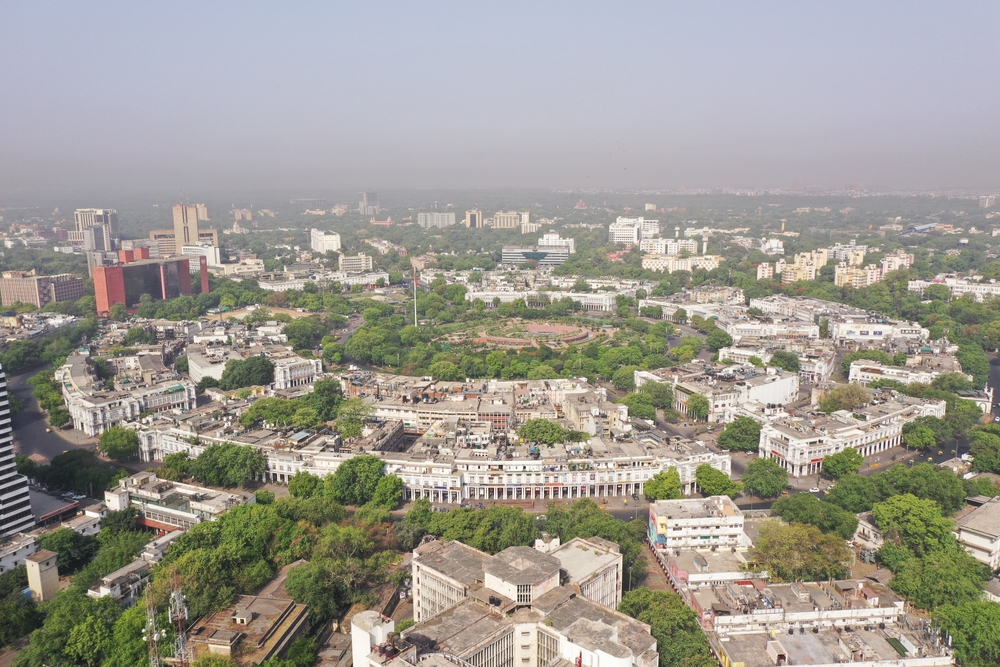
Indonesia
Over the last few years, Indonesia has been focusing on expanding its manufacturing capabilities. Some of its infrastructure projects, however, were delayed during the pandemic because the legislature had to focus on other spending bills and thus wasn’t able to address infrastructure spending. But some projects have been moving ahead of schedule. For instance, its export manufacturing capabilities is currently growing, as well as its domestic supply chain capabilities, mainly due to the expansion of roads and rail systems.
The Philippines
The Philippines experienced some severe challenges in 2020, which held back its economic growth in 2021. There are several reasons for the slow economic growth in the Philippines. One significant factor was the substantial decrease in remittances, which play a major role in the country’s economy, in 2020. However, as other economies worldwide began to reopen, remittances have rebounded in 2021 and continued to grow well into 2022. It is anticipated that remittances, which experienced reductions in previous years, will return to pre-pandemic levels in 2023.
In addition, tourism plays a critical role in the Philippine economy, and there were concerns about the country’s ability to fully reopen due to its slow vaccination rate.
India
India lost about 7 percent of its GDP in 2020, and it was originally predicted that the country will experience a double-dip recession in the form of a continuing drop in GDP in 2021.
However, in March 2021, the government introduced certain measures that led to a forecast of a 14-percent GDP growth. By the end of 2021, some adjustments were made, resulting in a revised estimate of its GDP growth to about 8.2 percent. In any case, the country managed to recover from the economic losses experienced in 2020.
Recently, the country has been bringing in more foreign direct investment, thanks to some interesting incentive programmes. India has also begun reinventing itself as a foreign direct investor mainly in emerging markets around South Asia.
Based on what we have observed, the countries that prioritised overcoming the pandemic and undertook efforts to reinvent themselves have exhibited the fastest economic recovery in Asia, if not globally.
This article was originally published on ARES White Paper Volume 2. For more information, visit AsiaRealEstateSummit.com or email [email protected].
Recommended
Meet the architect transforming Asia’s retail spaces with nature-inspired designs
David Buffonge, the cofounder of Hong Kong-based Lead8, has strong opinions on how to improve built environments around Asia
ARES White Paper Volume 3: The era of adaptive reinvention
Pioneering sustainable and innovative practices in urban development
ARES White Paper Volume 2: Unravelling the power of data revolution in real estate
Insights on proptech, smart cities, and sustainable development
ARES Digital White Paper Volume 1: The fundamentals of responsible building
Green and climate heroes join forces to discuss how Asia Pacific can weather the current environmental crises and the looming effects of climate change



